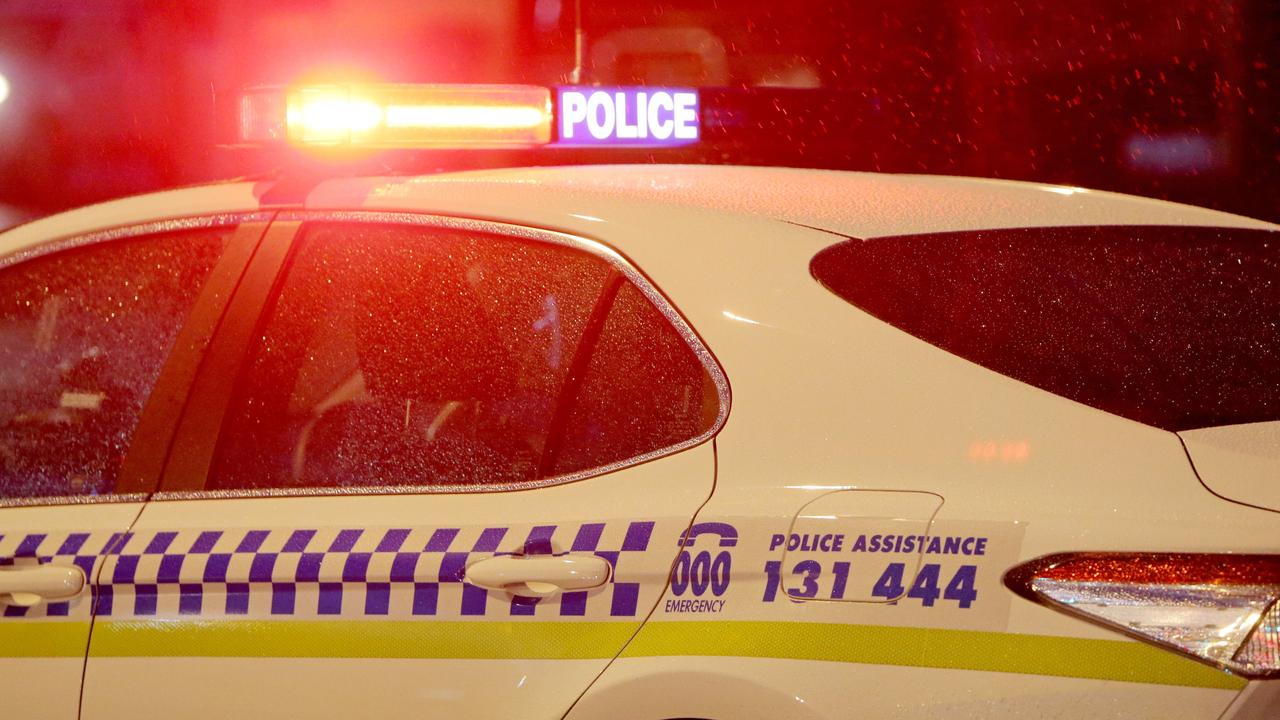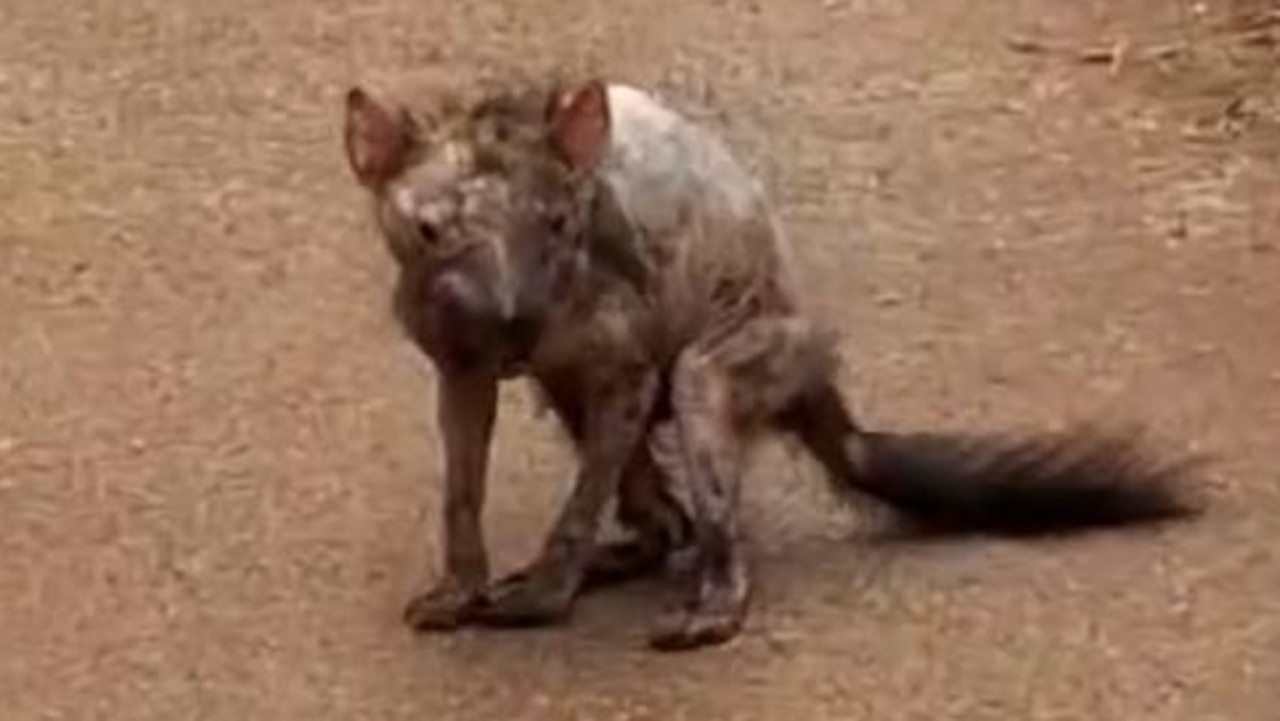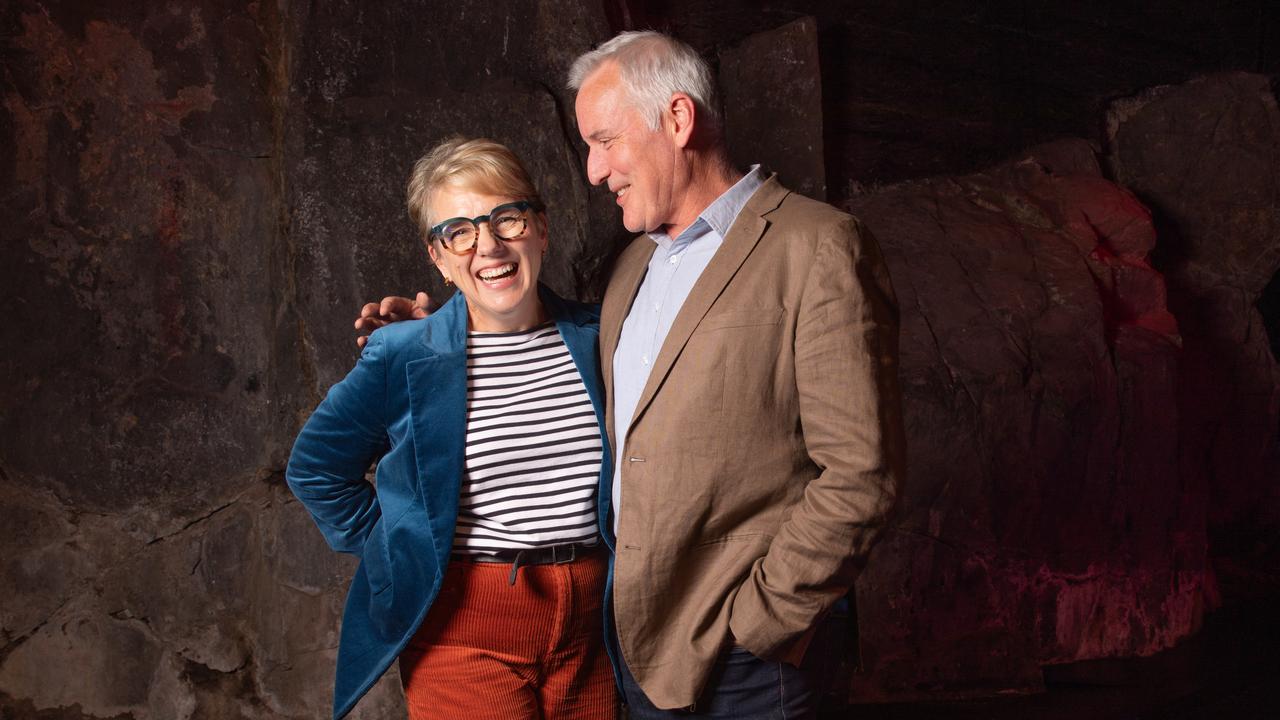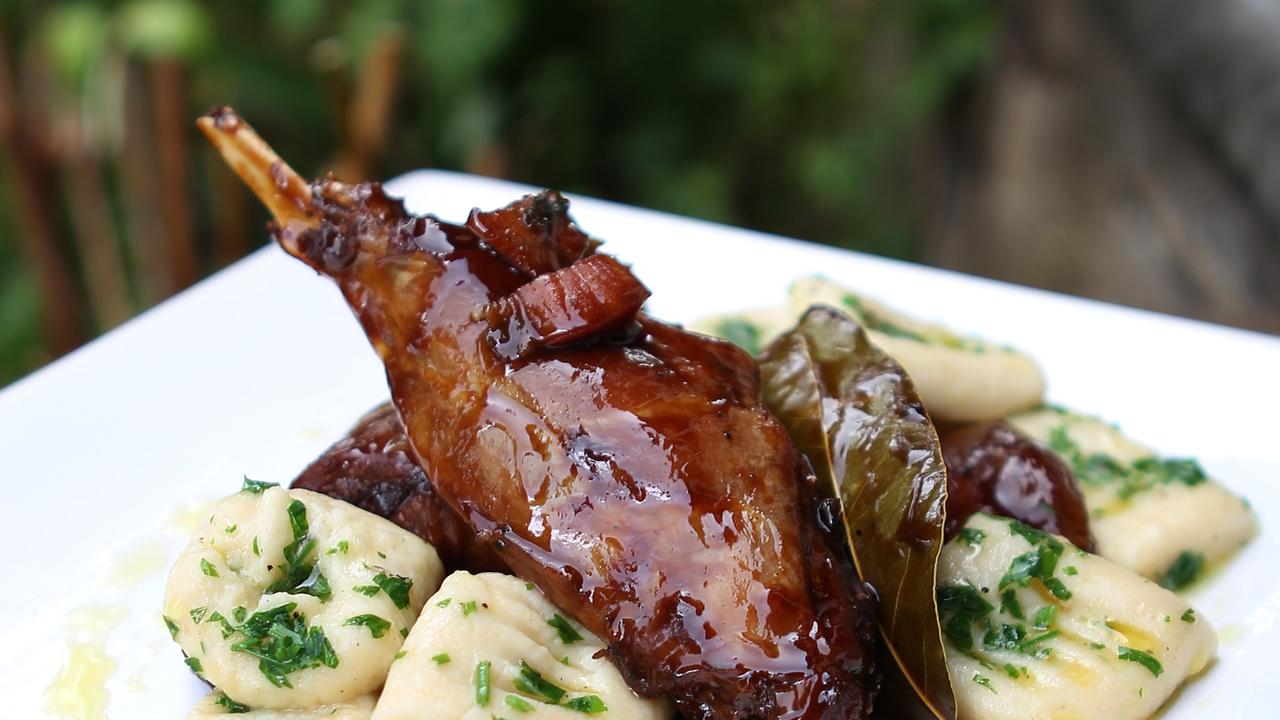Bonorong’s newest resident is facing a life in the sanctuary due to genetic condition
Bonorong’s newest resident will spend its life in the sanctuary due to a genetic condition which makes her an easy target for predators.
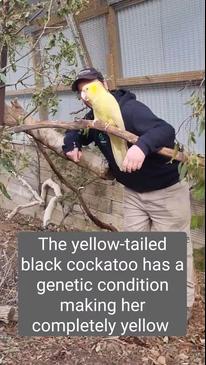
Tasmania
Don't miss out on the headlines from Tasmania. Followed categories will be added to My News.
Bonorong has a unique new resident brightening the day of visitors.
A yellow, yellow-tailed black cockatoo affectionately named Tweety was surrended to Bonorong in May and since joining the existing resident birds on display last week she is causing a stir with her rare colouring.
“People have offered us a lot of money for her already,” Bonorong director Greg Irons said.
Mr Irons said he had never seen another example of a black cockatoo like Tweety in his whole career and they were considering chemically desexing the bird to stop the trait being passed on.
“To predators, she stands out like a sore thumb,” Mr Irons said.
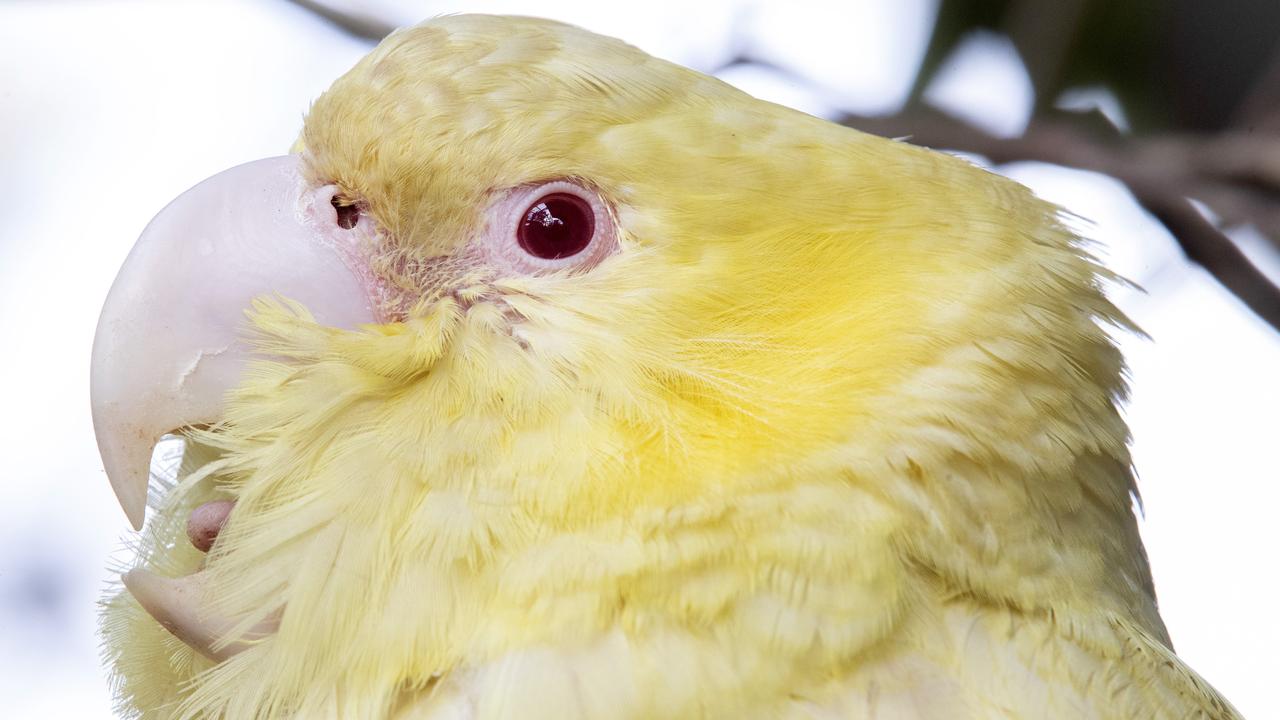
Tweety was suspected to have leucism, which is a defect that causes a reduction in pigment.
“It is a negative trait to have in the wild,” Mr Irons said.
Tweety was found by the side of the road at Derwent Bridge, and is believed to have been abandoned.
Tweety is likely less than 18-months-old and was very underweight when she was found, indicating she had been alone for some time.
“As a social species of bird, Tweety should have still been with her parents and their flock at her age. We suspect that, because of her albinism, she had been rejected by her flock,” Mr Irons said.
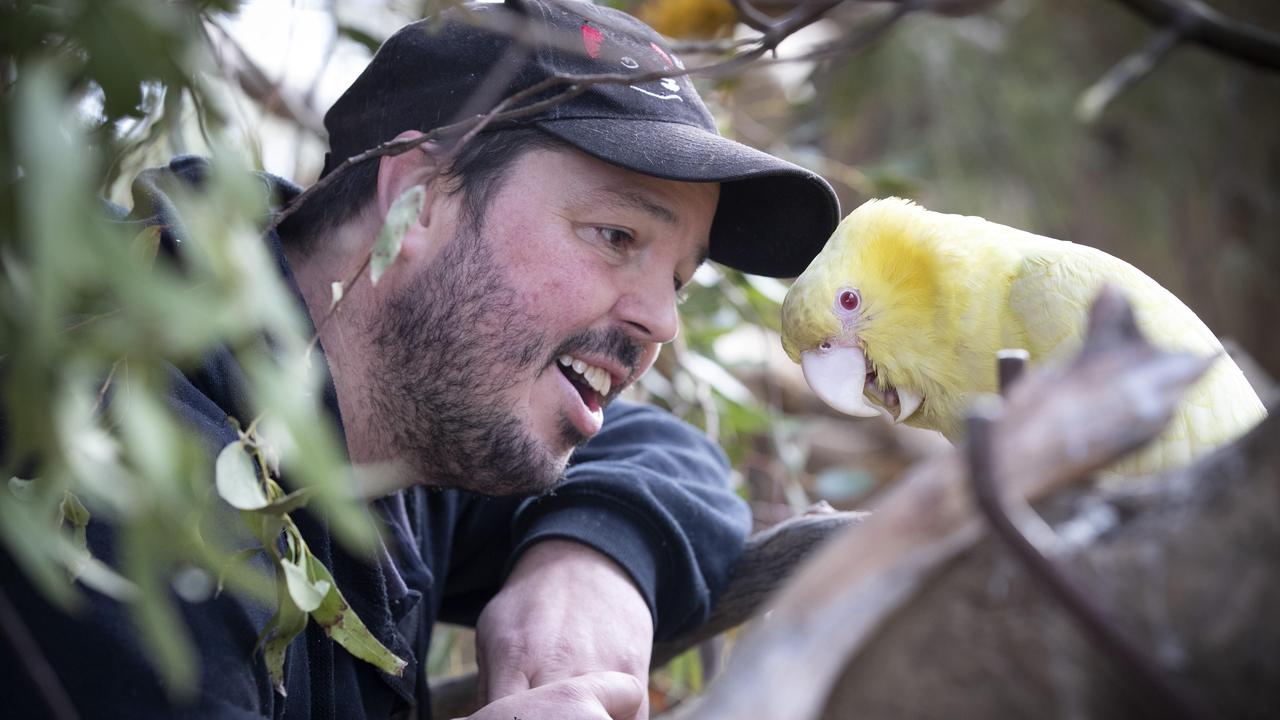
Tweety has adjusted well to being hand-raised and has even bonded with Bonorong’s resident black cockatoo, engaging in grooming behaviours together.
Birdlife Australia national public affairs manager Sean Dooley said he had never seen a picture of a black cockatoo entirely yellow like Tweety.
“We occasionally get sent shots of black cockies but they usually have some black in there somewhere,” He said.
The young bird will be in the care of Bonorong for the rest of her life, as sending her back into the wild could be dangerous due to her colour and her bond with her human carers.
“When a bird stands out from the rest of the flock it is an easier target for predators and there are stories of its own kind excluding it or turning on it,” Mr Dooley said.
Mr Dooley said they don’t have a reliable way of measuring the incidences of leucism or albinism in the wild because they occur so infrequently.
Sightings of leucistic or albino birds can be reported to Birdlife Australia or Birdlife Tasmania, or call Bonorong’s 24 hour rescue service on 0447 264 625 if the bird is in bad condition.
More Coverage
Originally published as Bonorong’s newest resident is facing a life in the sanctuary due to genetic condition





